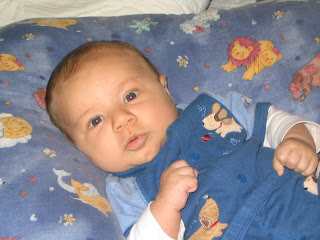This Christmas take some stress out of the holiday season by shopping online. Shopping online is fun, easy and it reduces your carbon footprint! Here are some of my favourite websites and products.
Lavish and Lime is an online store based in Vancouver, British Columbia that focuses on contemporary eco-friendly products to help you live life a little greener. They have fabulous non-toxic art supplies for kids. My boys love their Natural Rock Crayons and Recycled Worm Crayons. These items are priced at $9.50 and $13.50 and are great stocking stuffers. Find them at www.lavishandlime.com.
Kippo Kids is an online store based in British Columbia. They offer a mix of products that include eco-friendly, handmade, organic, and Made in Canada items. Their products are in line with contemporary trends and are superior quality. I love their great selection of puzzles. If you are tired of your children's puzzle boxes falling apart, you will love these too! My favourites are the Djeco puzzles which come in sturdy silhouette boxes that stand up. They come in Cows on the Farm, Mummy Rabbit's Pie, Panda, Pirates, Knights and Ballerina. Find them at www.kippokids.com.
Bugalug is based in Calgary, Alberta and offers a collection of accessories for baby, toddlers and girls. Their products are non-toxic and lead-free, their hair accessories contain one of a kind non-slip grip and they are made in Canada. I love the modern ribbon they use on their Non-Slip Clips and I especially LOVE their Cool Cuffs for Boys. As a mother of two boys, I know how hard it is to find funky items for boys. I was thrilled to find Bugalug! The Skull Cuff and Flames Cuff will be in my boys' stockings this Christmas. Shhhhhh! Find them at www.bugalugbaby.com.
Oh, and remember, you can always find unique, modern and safe gift ideas for baby at www.tyandlumi.com. Happy Internet shopping!
Oh, and remember, you can always find unique, modern and safe gift ideas for baby at www.tyandlumi.com. Happy Internet shopping!


.jpg)


